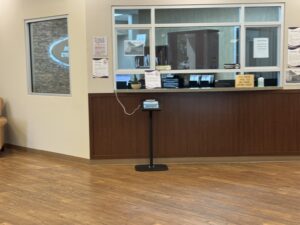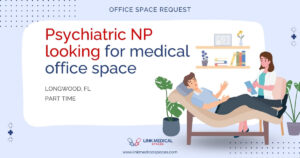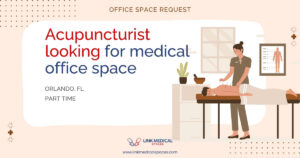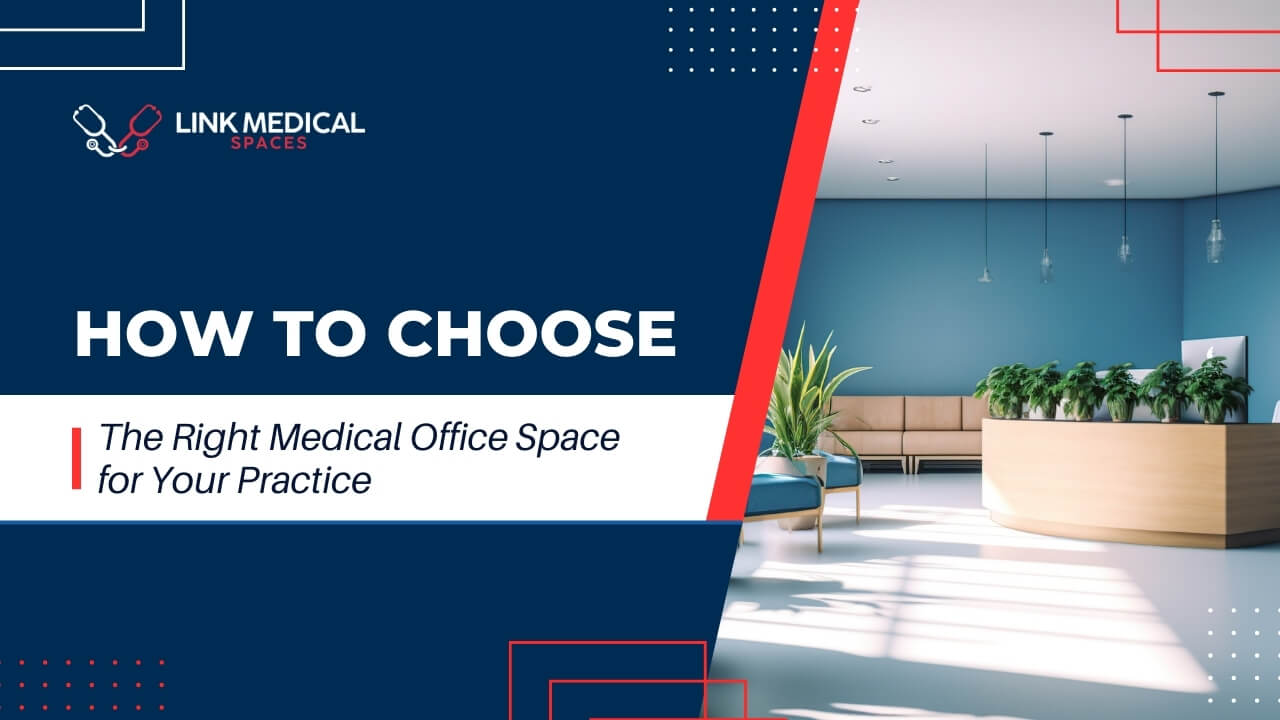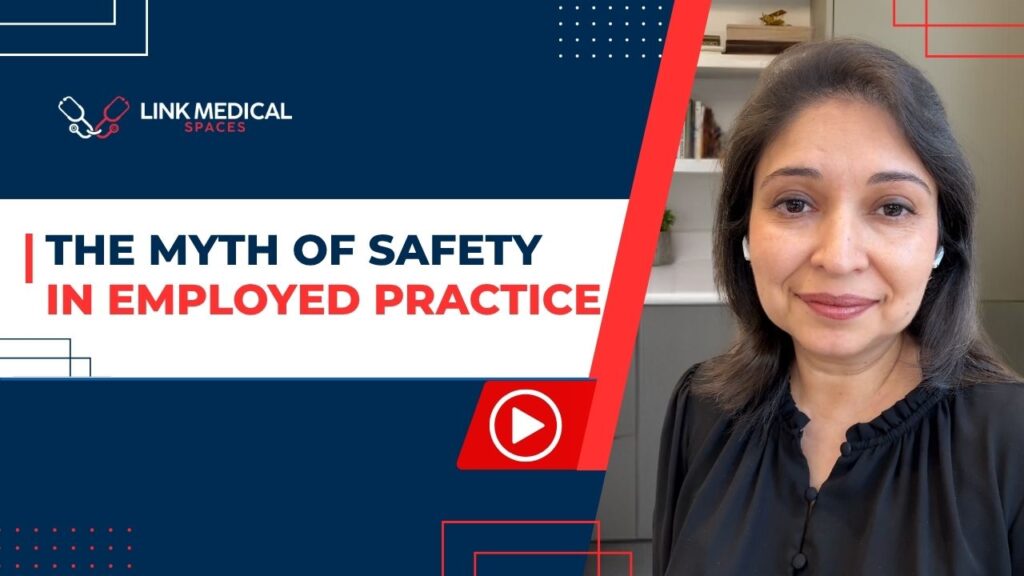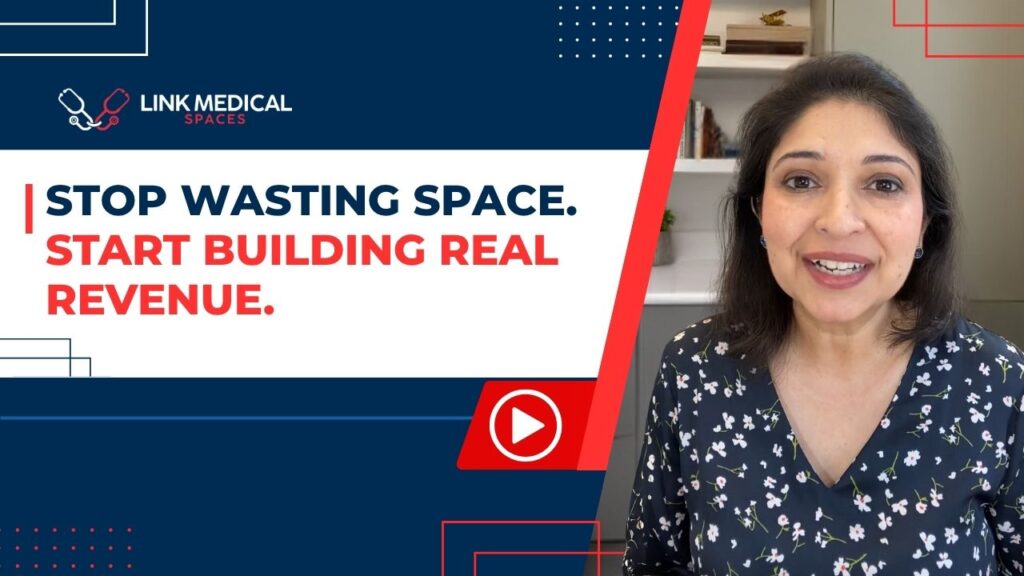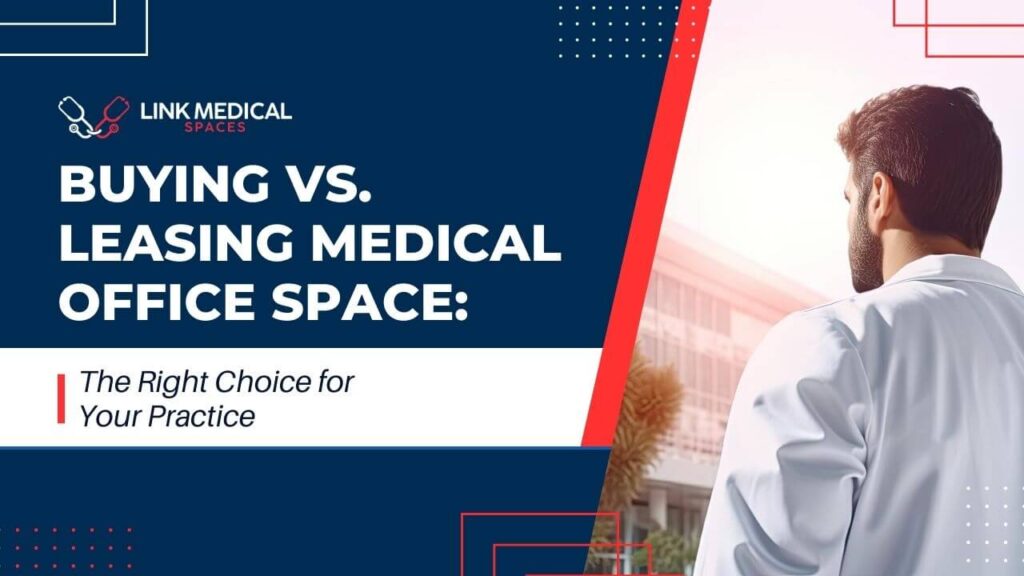Finding the perfect medical office space isn’t just about square footage—it’s about patient experience, operational efficiency, and long-term success. Whether you’re starting a new practice, expanding, or relocating, the space you choose will have a significant impact on your business.
So, how do you find the ideal medical office space? Here’s what to consider.
1. Location, Location, Location
The right location can be the difference between a thriving practice and one that struggles to attract and retain patients. Here’s what to evaluate:
Proximity to Hospitals & Referring Providers
If your practice depends on referrals from specialists or hospitals, consider leasing near a hospital campus or a medical office building (MOB) where your referral network is located.
Demographics
Does the patient population in the area align with your specialty? For example:
- Pediatricians thrive in areas with many young families.
- Geriatric specialists benefit from being near senior living communities.
- High-income neighborhoods may support concierge or elective medical services.
Competition Analysis
Are there too many similar practices in the area, or is there an unmet demand? Look for locations where patient access to your specialty is limited.
Visibility & Accessibility
- Is your office easy to find? High-traffic areas, retail centers, and mixed-use developments can offer built-in visibility.
- Does your building have good signage and easy entry points?
Pro Tip: Mixed-use developments and retail-adjacent spaces are growing in popularity for medical offices, providing built-in foot traffic and convenience.
2. Zoning & Compliance Considerations
Medical offices are not like standard office spaces. They require specific zoning and regulatory approvals before you can open your doors.
Medical Zoning
Not all commercial properties are zoned for medical use. Before signing a lease, confirm the property is approved for healthcare services.
ADA Compliance
Your office must be accessible to all patients, including those with mobility issues. This means:
- Wheelchair-friendly entrances and hallways
- Elevator access for multi-story buildings
- Properly equipped restrooms
HIPAA Considerations
Your office layout should support patient privacy, especially for areas where sensitive health information is shared. Features like soundproof walls and private check-in spaces may be necessary.
Medical Build-Outs
Some specialties require custom modifications, such as:
- X-ray shielding for imaging centers
- Plumbing and electrical upgrades for exam rooms
- Specialized HVAC systems for infection control
Pro Tip: Work with a medical real estate expert to ensure your space meets all legal and healthcare-specific requirements.
3. Patient Accessibility & Convenience
A convenient office experience increases patient retention. Consider these factors:
Parking Availability
Patients don’t want to struggle with parking before an appointment. Look for:
- Free, ample parking spaces
- Dedicated handicapped spots
- Easily accessible drop-off zones
Public Transportation Access
If your patient base relies on public transit, choose a location near bus stops or train stations.
Elevator & Ground-Floor Access
For practices serving elderly or disabled patients, ground-floor locations or buildings with elevators are ideal.
Office Hours & Shared Space Considerations
- If leasing in a shared medical building, ensure the building’s hours align with your operating hours.
- If you share common areas (waiting rooms, restrooms), confirm they meet your practice’s needs.
4. Planning for Future Growth
Your medical office space should support not only your current needs but also your future growth.
Scalability
- Will this space still work as your patient volume grows?
- Can you add more exam rooms if needed?
Expansion Options
- Can you lease adjacent space if you expand?
- Are there nearby suites you can take over in the future?
Lease Flexibility
- Does your lease allow for expansion or early termination if you outgrow the space?
- Are there options to renew at reasonable rates?
Think 5-10 years ahead when selecting a location. A well-planned move avoids the disruption and cost of relocating later.
5. Buy vs. Lease: What’s Best for Your Practice?
Choosing between leasing and buying depends on your financial goals and practice stability.
Leasing a Medical Office
- Lower upfront costs
- Flexibility to relocate if needed
- Ability to test the market before committing long-term
- No equity-building or ownership benefits
Buying a Medical Office
- Long-term stability and equity-building
- Full control over office space modifications
- Potential rental income from unused space
- Higher upfront investment and maintenance costs
Start with leasing if you’re a new practice or uncertain about long-term location needs. Consider buying if you’re an established provider with a stable patient base.
Final Thoughts: Choosing the Right Medical Office Space
The right medical office space isn’t just a place to work—it’s an investment in your practice’s success. When selecting a location, consider:
- Patient convenience & accessibility
- Zoning & compliance requirements
- Long-term growth potential
- Buy vs. lease advantages
Taking the time to research and plan will ensure your office space supports both your patients and your practice—today and in the future.
For more insights into medical office leasing, subleasing, and investment trends, stay informed with Link Medical Spaces—your trusted resource for navigating the complexities of healthcare real estate.




